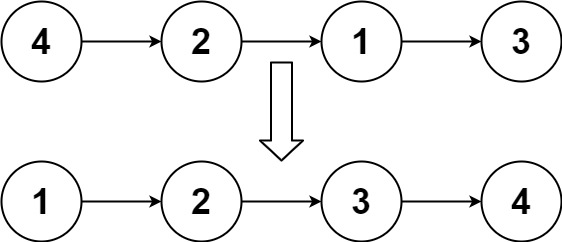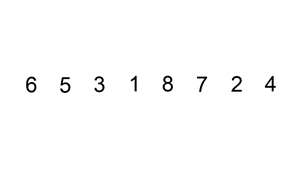Evaluate the value of an arithmetic expression in Reverse Polish Notation.
Valid operators are +, -, *, /. Each operand may be an integer or another expression.
Note:
- Division between two integers should truncate toward zero.
- The given RPN expression is always valid. That means the expression would always evaluate to a result and there won’t be any divide by zero operation.
Example 1:
1 | Input: ["2", "1", "+", "3", "*"] |
Example 2:
1 | Input: ["4", "13", "5", "/", "+"] |
Example 3:
1 | Input: ["10", "6", "9", "3", "+", "-11", "*", "/", "*", "17", "+", "5", "+"] |


